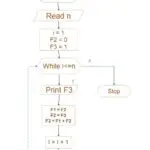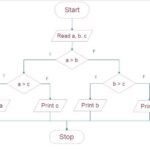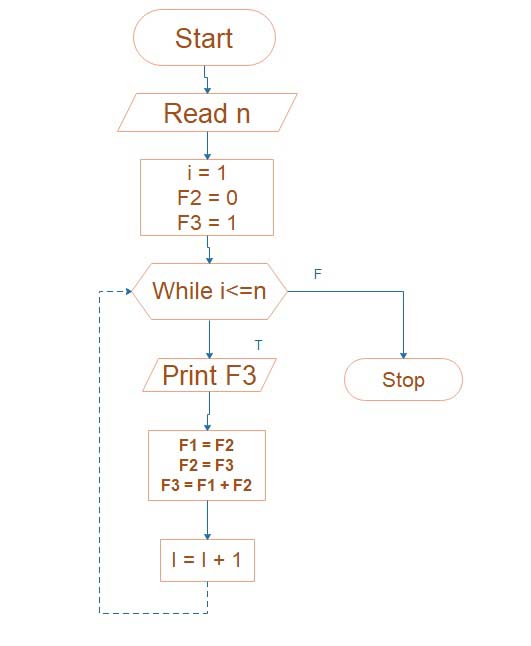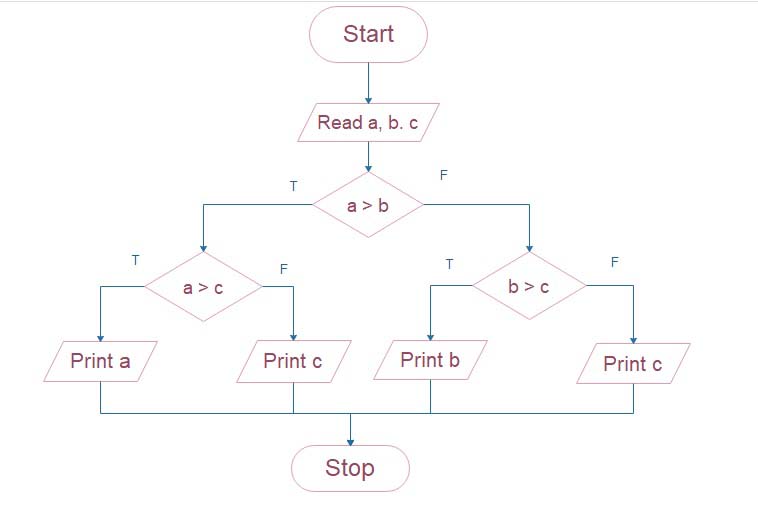Scaffolding | Types and Components parts of Scaffolding
Scaffolding
- Scaffolding is a temporary rigid structure that should platform raised as some building increases inside height.
- Applied during the mason to work at different stages about a building
- To provide the materials for immediate use at various heights.
- When the height of the floor level exceeds 1.5 m.
- Generally made up of timber.
- Valuable in construction, demolition, maintenance about repair work.

Components parts of scaffolding
- Standards
- Ledgers
- Putlogs
- Transoms
- Braces
- Guard rail
- Toeboard
- Raker

Standards
- Certain are some vertical members of the framework.
- Both are supported on the ground or drum about embedded into the ground.
Ledgers
- Horizontal member parallel to walls.
Putlogs
- These move the transverse pieces which do place toward ledgers at one end.
- And supported on the walls at another end
- They are at right angles to the walls.
Transoms
- Certain are putlogs but their both ends are supported by moving the ledgers
Guard rail
- These are rail provided like a ledger at the working level.
Braces
- Those are diagonal cross pieces fixed toward the standards.
Toeboard
- These boards are parallel to the ledgers & supported between the putlogs.
- It does provide to operate as a protective measure on the working principles.
Raker
- These are inclined to support
Types of Scaffolding
- Single or Bricklayers scaffolding
- Double or Mason’s scaffolding
- Steel or tubular scaffolding
- Cantilever or Needle scaffolding
- Wooden scaffolding
- Suspended scaffolding
- Trestle scaffolding

Single or Bricklayers scaffolding
- It consists of vertical members called standards firmly secured on grounds at 2.4 to 3 m.
- Some standards are connected to various others by longitudinal horizontal members known as ledgers at every rise of 100 to 150 cm.
- They are provided on the building site of the standards
- Transverse horizontal members are called putlogs & they are resting on the ledgers at one end and into the holes in the wall at the other end.
- Putlogs are 90 cm. in length and are generally spaced 120 cm. apart
- They are provided to support the working platform.
Double or Mason’s scaffolding
- It is difficult to leave holes in the stone masonry
- To provide a bearing for the putlogs, in Mason’s scaffolding two frames of standards, ledgers, and braces are used. One is placed close to the wall and the other at a distance of 1.5 m from the first one. Hence the mason’s scaffold is completely independent of that stone wall.

Steel scaffolding
- Steel scaffolding is similar to that of timber scaffolding.
- The wooden members are replaced by 40 mm to 60 mm diameter steel tubes.
- SpParticularypes of steel couplets or fittings are used for connecting different members.
- In that type, the vertical tubes known as uprights either standard are spaced 2.5 to 3 m apart.
Cantilever or Needle scaffolding
- When scaffolding is to be provided for a building on the side of a busy street where the construction of ordinary scframeill obstructs the traffic on the road.
- The scaffolding is erected from window corners or string courses employing projecting needles.
- A needle is a timber beam that cantilevers out through the holes cut in the wall.

Suspended Scaffolding
- This is a very light type of scaffolding
- Used only for maintenance work
- Such as painting, pointing, whitewashing, distempering, etc
- The working platform is suspended from the roof employing ropes, wires or chains
- The platform can be raised or lowered
- It does not create any obstruction on the ground.

Trestle scaffolding
- A framework in the form of a horizontal member supported at each end by a pair of splayed legs used to carry scaffold boards, a tabletop, etc.
- Working platforms consist of metal trestle (support frame with a tripod or inverted V form) and horizontal planks or metal decking. Parts can also be made of wood. They can be used up to 3 meters high. When used on balconies, terraces or in the vicinity of openings with a risk of more than 2 meters of falls, collective protection (railings, nets, etc.) must be used.















